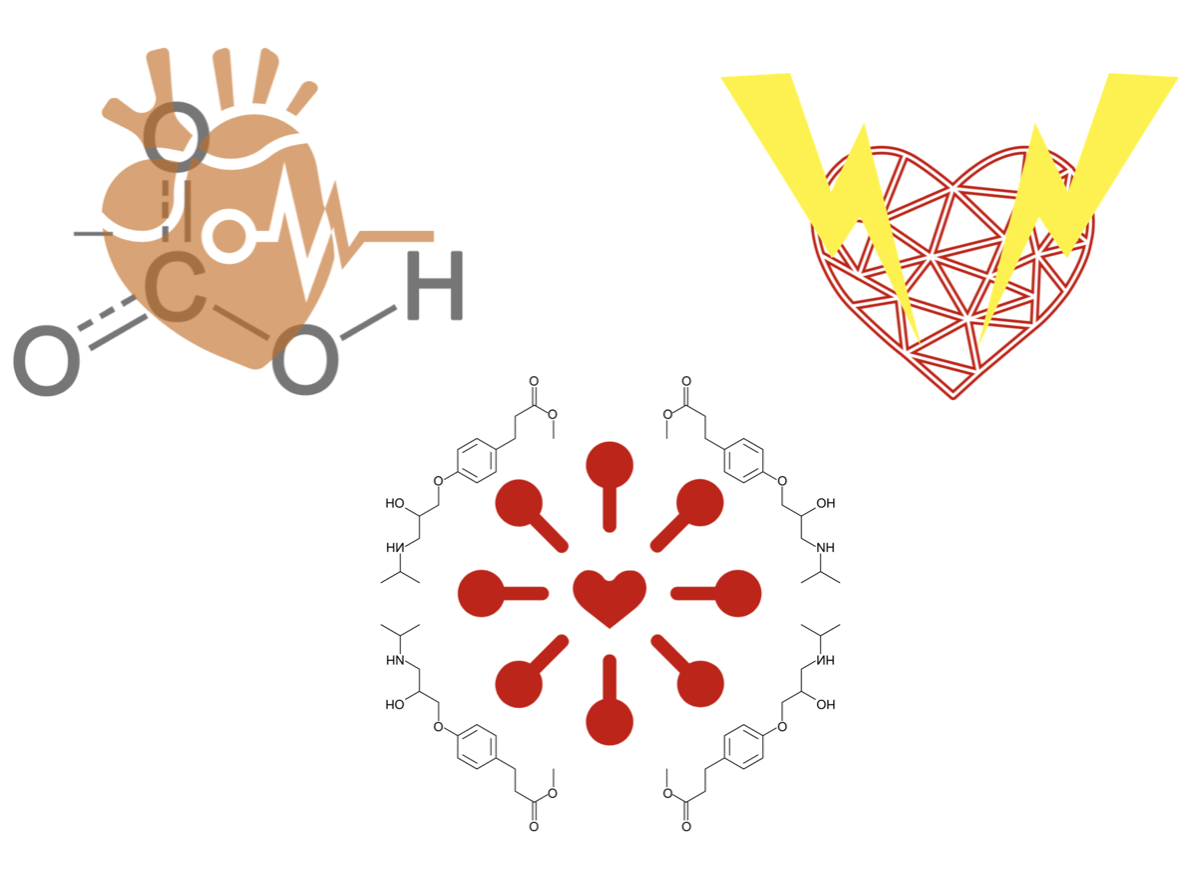Diastolic Shock Index: A clinically relevant predictor of poor outcome in septic shock?
/Early recognition and resuscitation of patients in septic shock are critical skills for an emergency medicine physician. Many clinical decision-making tools have been developed and validated in their use to identify and define those who are in sepsis or septic shock, as well as predict a patient’s overall risk of morbidity and mortality, including tools like the SIRS criteria and SOFA score. The diastolic blood pressure is determined by vascular tone, and thus it can be assumed that a decrease in the diastolic blood pressure should correlate with the pathologic vasodilation in septic shock. As a result, the authors of this study hypothesized that the relationship between heart rate and the diastolic blood pressure (i.e. the diastolic shock index) could provide providers a tool to quickly identify patients that are at risk for unfavorable outcomes.
Read More

















